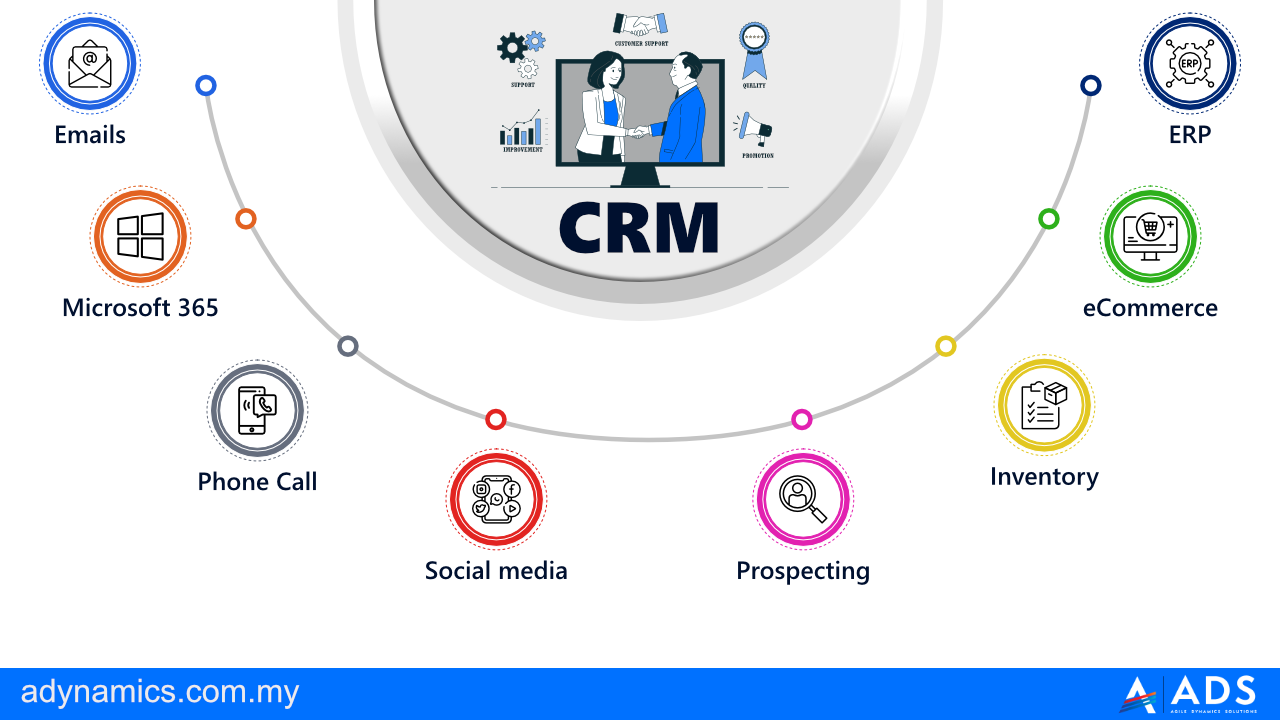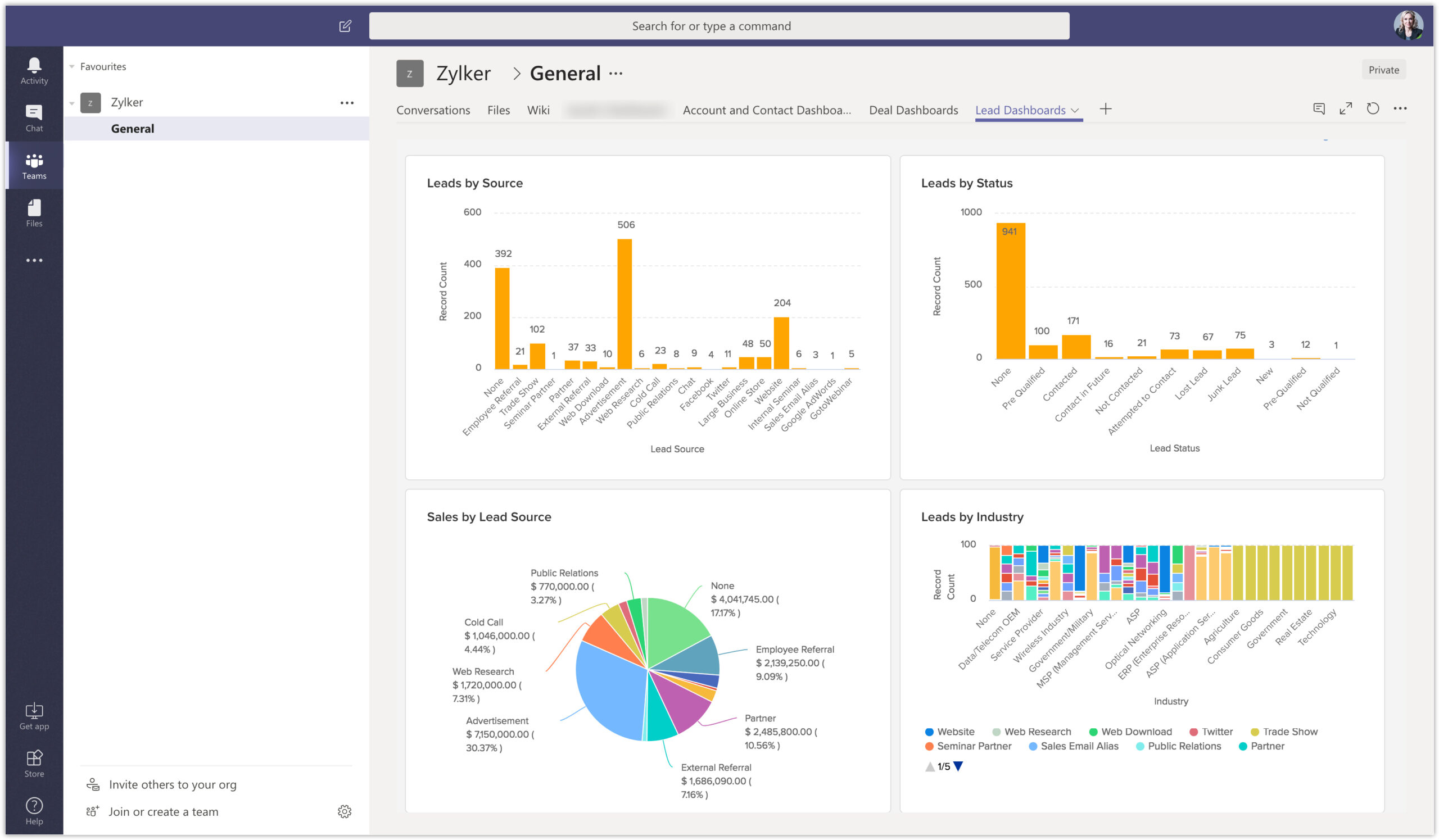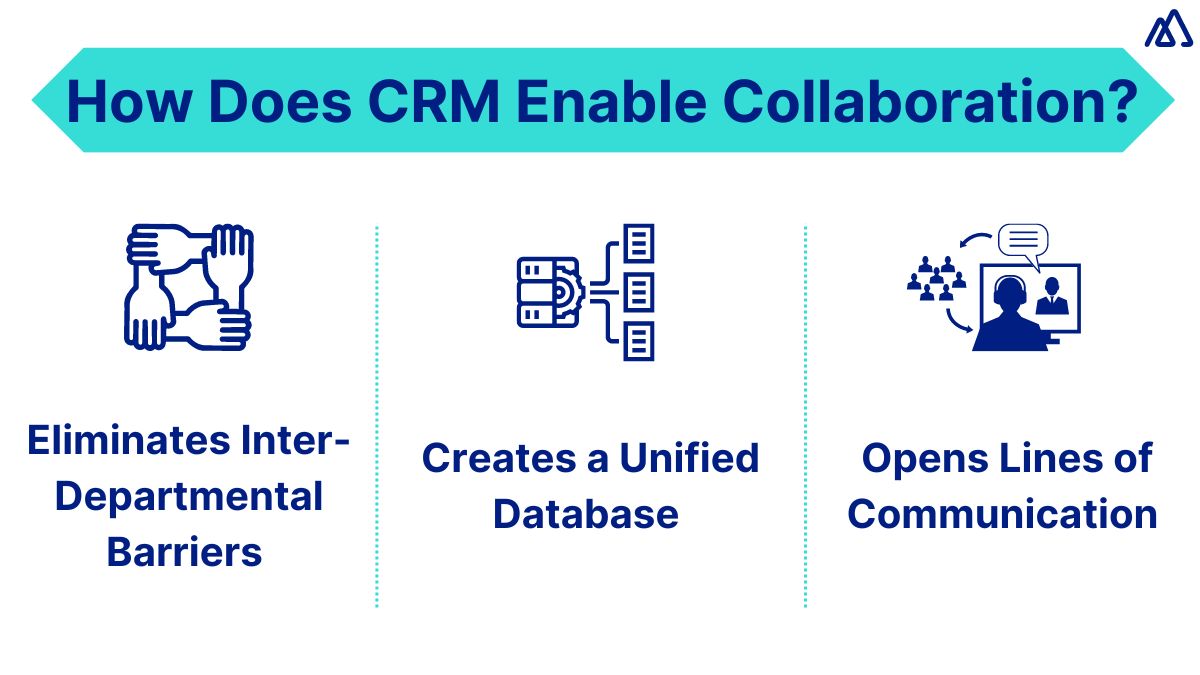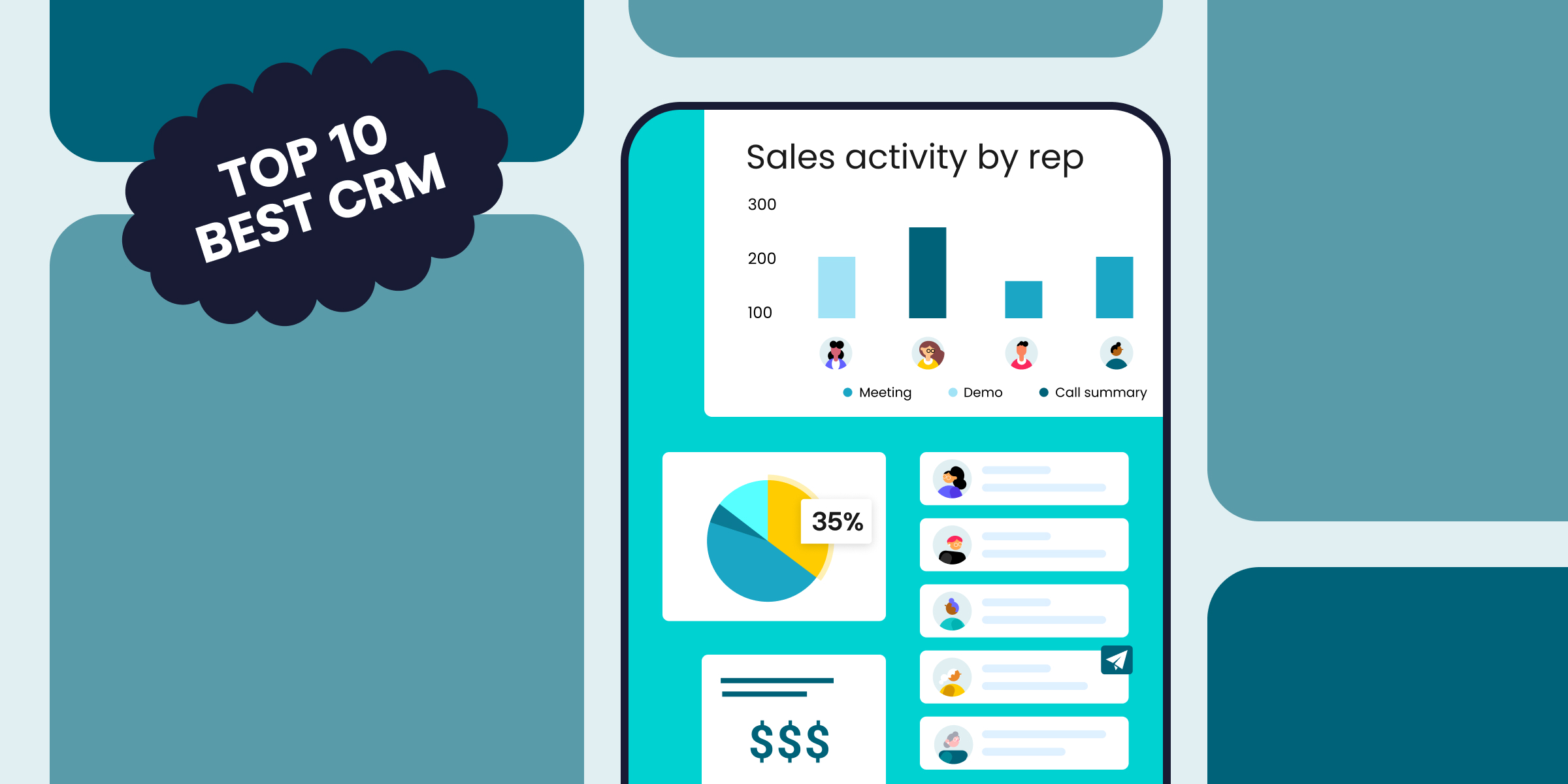Supercharge Your Workflow: A Deep Dive into CRM Integration with Airtable
In today’s fast-paced business environment, efficiency and organization are paramount. Businesses are constantly seeking ways to streamline their operations, improve customer relationships, and boost productivity. One powerful combination that’s gaining significant traction is the integration of a Customer Relationship Management (CRM) system with Airtable, a versatile and user-friendly database platform. This comprehensive guide will delve into the intricacies of CRM integration with Airtable, exploring its benefits, implementation strategies, and real-world applications. Get ready to transform your workflow and unlock new levels of operational excellence!
Understanding the Power of CRM and Airtable
Before we dive into the integration process, let’s establish a solid understanding of both CRM systems and Airtable.
What is a CRM System?
A CRM system is a software solution designed to manage and analyze customer interactions and data throughout the customer lifecycle. It helps businesses build stronger relationships with customers, improve customer retention, and ultimately, drive sales growth. Key features of a CRM system often include:
- Contact Management: Storing and organizing customer information, including contact details, communication history, and purchase history.
- Sales Automation: Automating sales processes, such as lead tracking, opportunity management, and quote generation.
- Marketing Automation: Automating marketing campaigns, such as email marketing, social media management, and lead nurturing.
- Customer Service: Managing customer inquiries, resolving issues, and providing support.
- Reporting and Analytics: Tracking key performance indicators (KPIs), analyzing customer behavior, and generating reports to inform business decisions.
Popular CRM platforms include Salesforce, HubSpot, Zoho CRM, and Pipedrive, among others.
What is Airtable?
Airtable is a cloud-based platform that blends the power of a spreadsheet with the flexibility of a database. It allows users to organize information in a visually appealing and customizable way. Unlike traditional spreadsheets, Airtable supports various data types, such as attachments, checkboxes, dropdowns, and linked records, making it ideal for managing complex data sets. Key features of Airtable include:
- User-Friendly Interface: Airtable offers an intuitive and easy-to-navigate interface, making it accessible to users with varying levels of technical expertise.
- Customization: Users can customize their bases (databases) to suit their specific needs, defining fields, views, and relationships between data.
- Collaboration: Airtable allows multiple users to collaborate on the same base in real-time, making it ideal for teamwork.
- Integrations: Airtable integrates with a wide range of third-party applications, including CRM systems, marketing tools, and project management software.
- Automation: Airtable offers automation features, allowing users to automate tasks and workflows.
Airtable’s versatility makes it a valuable tool for a wide range of applications, from project management and content planning to event organization and customer relationship management.
Why Integrate CRM with Airtable? The Benefits Unveiled
Integrating your CRM system with Airtable offers a multitude of benefits that can significantly improve your business operations and customer relationships. Let’s explore some of the key advantages:
Enhanced Data Accessibility and Centralization
One of the primary benefits of CRM-Airtable integration is enhanced data accessibility and centralization. By connecting your CRM data with Airtable, you can create a single source of truth for your customer information. This means that all your customer data, from contact details and purchase history to communication logs and support tickets, is readily available in one centralized location. This eliminates the need to switch between multiple applications, saving time and reducing the risk of data silos.
Imagine having all your sales leads, their stage in the sales funnel, and relevant marketing interactions, all accessible and easily visualized within a single Airtable base. This centralized view empowers your team to make informed decisions quickly and efficiently.
Improved Data Organization and Visualization
Airtable’s powerful data organization and visualization capabilities can significantly enhance the way you manage your CRM data. Airtable allows you to:
- Organize your data in a structured and visually appealing way.
- Create custom views to filter and sort your data based on specific criteria.
- Visualize your data using charts, graphs, and other visual representations.
This improved data organization and visualization can make it easier to identify trends, track progress, and gain valuable insights from your customer data. For example, you could create a Kanban view in Airtable to track the progress of your sales leads, or a calendar view to visualize your upcoming customer meetings.
Increased Automation and Efficiency
Integrating CRM with Airtable allows you to automate various tasks and workflows, saving time and improving efficiency. For instance, you can:
- Automatically sync customer data between your CRM and Airtable.
- Trigger actions in Airtable based on events in your CRM, such as creating a new record when a new lead is added.
- Automate email notifications and other communications based on customer interactions.
These automation capabilities can free up your team from repetitive manual tasks, allowing them to focus on more strategic and value-added activities, like building customer relationships and closing deals.
Enhanced Collaboration and Communication
Airtable’s collaborative features make it an excellent platform for teamwork. When you integrate your CRM with Airtable, you can:
- Share customer data and insights with your team members.
- Collaborate on customer-related projects and tasks.
- Communicate directly within Airtable, using comments and notifications.
This improved collaboration and communication can lead to better coordination, faster decision-making, and a more unified customer experience. Imagine sales, marketing, and customer support teams all working together seamlessly, with access to the same customer data and a shared understanding of customer needs.
Cost Savings and Scalability
Integrating CRM with Airtable can also lead to cost savings and improved scalability. Airtable is often more affordable than traditional CRM systems, especially for small businesses or teams with limited budgets. Furthermore, Airtable’s flexible and scalable architecture allows you to easily adapt to your changing business needs. As your business grows, you can expand your Airtable base to accommodate more data, users, and integrations.
How to Integrate CRM with Airtable: A Step-by-Step Guide
Integrating your CRM system with Airtable can seem daunting, but with the right approach, it can be a straightforward process. Here’s a step-by-step guide to help you get started:
Step 1: Choose Your Integration Method
There are several ways to integrate your CRM with Airtable. The best method for you will depend on your specific CRM system, your technical skills, and your budget. Some common integration methods include:
- Native Integrations: Some CRM systems, like HubSpot and Zoho CRM, offer native integrations with Airtable. These integrations are typically the easiest to set up and require minimal technical expertise.
- Zapier: Zapier is a popular automation platform that allows you to connect thousands of apps, including CRM systems and Airtable. Zapier uses “Zaps” (automated workflows) to transfer data between apps. This is a flexible and powerful option for integrating various CRM systems.
- Make (formerly Integromat): Make is another automation platform similar to Zapier, offering a more visual and customizable approach to automation.
- API Integrations: For more advanced users, you can use the CRM and Airtable APIs to build custom integrations. This option offers the most flexibility but requires coding knowledge.
- Third-Party Integration Tools: Several third-party tools specialize in connecting CRM systems with Airtable. These tools often offer pre-built integrations and user-friendly interfaces.
Research the integration options available for your specific CRM system and choose the method that best fits your needs.
Step 2: Set Up Your Airtable Base
Before you can integrate your CRM with Airtable, you need to set up your Airtable base. This involves:
- Creating a new base: Start by creating a new base in Airtable. Give it a descriptive name, such as “CRM Data” or “Customer Database.”
- Defining tables: Create tables to represent the different types of data you want to sync from your CRM. For example, you might create tables for “Contacts,” “Deals,” and “Companies.”
- Defining fields: Within each table, define the fields that will store your CRM data. These fields should correspond to the data fields in your CRM, such as “First Name,” “Last Name,” “Email,” “Phone Number,” “Deal Stage,” and “Company Name.” Choose the appropriate field types (e.g., text, number, date, dropdown) for each field.
- Creating relationships: If your CRM data has relationships (e.g., a contact is associated with a company, a deal is associated with a contact), create linked record fields to represent these relationships in Airtable.
Take some time to plan your Airtable base structure carefully, as this will impact how you use the integrated data later on.
Step 3: Connect Your CRM to Airtable
The specific steps for connecting your CRM to Airtable will vary depending on the integration method you choose. Generally, the process involves:
- Authenticating your accounts: Provide your login credentials for both your CRM system and Airtable to the integration platform (e.g., Zapier, Make, or a native integration).
- Mapping fields: Map the fields from your CRM to the corresponding fields in your Airtable base. This tells the integration platform where to send the data.
- Setting up triggers and actions: Define the triggers and actions for your integration. A trigger is an event in your CRM that will initiate an action in Airtable. For example, you might set a trigger to create a new record in Airtable when a new contact is added to your CRM. An action is the task that will be performed in Airtable, such as creating a new record, updating an existing record, or deleting a record.
Follow the instructions provided by the integration platform to complete the connection process. Test your integration thoroughly to ensure that data is syncing correctly.
Step 4: Test and Refine Your Integration
Once you’ve set up your integration, it’s crucial to test it thoroughly. Create test records in your CRM and verify that they are syncing correctly to your Airtable base. Check for any errors or inconsistencies in the data. Review the data in Airtable to ensure that it’s organized and displayed as you expect.
Based on your testing, you may need to refine your integration. This could involve:
- Adjusting field mappings.
- Modifying triggers and actions.
- Adding filters to control which data is synced.
Continue to test and refine your integration until you are satisfied with its performance.
Step 5: Leverage the Integrated Data
Once your CRM and Airtable are integrated, you can start leveraging the combined power of both platforms. Here are some examples of how you can use the integrated data:
- Reporting and Analytics: Create custom reports and dashboards in Airtable to track your CRM data and gain insights into your sales, marketing, and customer service performance.
- Workflow Automation: Automate tasks and workflows based on your CRM data. For example, you could automatically send a welcome email to a new customer or assign a task to a team member when a deal reaches a certain stage.
- Customer Segmentation: Segment your customers based on their data in Airtable. This allows you to tailor your marketing campaigns and personalize your customer interactions.
- Lead Scoring: Use Airtable to score your leads based on their behavior and interactions in your CRM. This helps you prioritize your sales efforts and focus on the most promising leads.
- Data Enrichment: Enrich your CRM data with additional information from Airtable. For example, you could add notes, attachments, or other relevant data to your customer records.
Experiment with different ways to use your integrated data to improve your business operations and customer relationships.
Real-World Examples of CRM-Airtable Integration in Action
To further illustrate the power of CRM-Airtable integration, let’s explore some real-world examples:
Example 1: Sales Lead Management
A sales team uses HubSpot as their CRM to manage leads and track deals. They integrate HubSpot with Airtable to create a centralized lead management system. When a new lead is added to HubSpot, the integration automatically creates a new record in Airtable. The Airtable base includes fields for lead information, deal stage, sales rep assignment, and any relevant notes or attachments. The sales team can then use Airtable to:
- Visualize the sales pipeline using a Kanban view.
- Track lead progress and identify bottlenecks.
- Assign tasks and reminders to sales reps.
- Generate reports on lead conversion rates and sales performance.
This integration streamlines the lead management process, improves collaboration, and provides valuable insights into the sales pipeline.
Example 2: Marketing Campaign Tracking
A marketing team uses Salesforce as their CRM to manage customer data and track marketing campaigns. They integrate Salesforce with Airtable to create a centralized marketing campaign tracker. When a new marketing campaign is launched in Salesforce, the integration automatically creates a new record in Airtable. The Airtable base includes fields for campaign name, start date, end date, budget, target audience, and key metrics (e.g., website traffic, leads generated, conversions). The marketing team can then use Airtable to:
- Track the performance of each marketing campaign.
- Analyze the effectiveness of different marketing channels.
- Manage campaign budgets and timelines.
- Collaborate on campaign planning and execution.
This integration helps the marketing team to optimize their campaigns, improve their ROI, and make data-driven decisions.
Example 3: Customer Support Ticketing
A customer support team uses Zendesk as their CRM to manage customer support tickets. They integrate Zendesk with Airtable to create a centralized knowledge base and customer data repository. When a new support ticket is created in Zendesk, the integration automatically creates a new record in Airtable. The Airtable base includes fields for ticket details, customer information, and resolution notes. The customer support team can then use Airtable to:
- Create a searchable knowledge base of common issues and solutions.
- Track customer support trends and identify areas for improvement.
- Manage customer support workflows and assign tasks to team members.
- Provide faster and more efficient customer support.
This integration improves customer satisfaction, reduces response times, and streamlines the customer support process.
Advanced Tips and Tricks for CRM-Airtable Integration
Once you have a basic CRM-Airtable integration set up, you can explore more advanced techniques to further optimize your workflow and gain even more value from the combined platforms. Here are some tips and tricks to consider:
Utilize Airtable’s Automation Features
Airtable’s built-in automation features can be a game-changer. Leverage these features to automate repetitive tasks, streamline workflows, and trigger actions based on specific events. For example:
- Set up automated email notifications to alert team members when new leads are added or deals are updated.
- Automatically update the status of a deal in Airtable when it reaches a certain stage in your CRM.
- Create automated tasks to remind team members to follow up with leads or customers.
Automating these tasks can free up your team’s time and improve efficiency.
Use Formulas and Lookups for Data Enrichment
Airtable’s formula and lookup fields can be used to enrich your data and gain deeper insights.
- Formulas: Use formulas to calculate metrics, aggregate data, or perform other calculations based on your CRM data. For example, you could calculate the total value of deals in a specific stage or the average time it takes to close a deal.
- Lookups: Use lookup fields to pull data from related tables in your Airtable base. For example, you could look up the industry of a company associated with a contact.
These features allow you to create more comprehensive reports and gain a more complete understanding of your customer data.
Implement Conditional Formatting for Visual Clarity
Airtable’s conditional formatting feature allows you to visually highlight data based on specific criteria. This can be extremely helpful for quickly identifying trends, highlighting important information, and improving data readability. For example:
- Highlight deals that are nearing their close date.
- Color-code leads based on their lead score.
- Highlight records that meet certain criteria, such as high-value deals or overdue tasks.
Conditional formatting can help you quickly spot important information and make more informed decisions.
Consider Using Airtable Extensions
Airtable extensions add extra functionality to your bases. Explore the available extensions to enhance your CRM-Airtable integration. Some useful extensions include:
- Chart extensions: Visualize your CRM data with custom charts and graphs.
- Form extensions: Create custom forms to collect data from your customers or team members.
- Automation extensions: Automate more complex workflows and tasks.
Extensions can help you customize your Airtable base to meet your specific needs.
Prioritize Data Security and Privacy
When integrating your CRM with Airtable, it’s crucial to prioritize data security and privacy.
- Review your data sharing settings: Carefully review the data sharing settings for both your CRM and Airtable to ensure that only authorized users have access to sensitive information.
- Implement access controls: Use Airtable’s access control features to restrict access to specific tables, fields, and views.
- Comply with data privacy regulations: Ensure that your CRM-Airtable integration complies with all relevant data privacy regulations, such as GDPR and CCPA.
Protecting your customer data is essential for building trust and maintaining a positive reputation.
Troubleshooting Common CRM-Airtable Integration Issues
Even with careful planning, you may encounter some challenges when integrating your CRM with Airtable. Here are some common issues and how to troubleshoot them:
Data Synchronization Problems
Data synchronization problems are a common issue. If data is not syncing correctly between your CRM and Airtable, check the following:
- Connection settings: Verify that your CRM and Airtable accounts are still connected and that the connection settings are correct.
- Field mappings: Double-check that the field mappings are accurate and that the fields in your CRM are correctly mapped to the corresponding fields in Airtable.
- Triggers and actions: Ensure that the triggers and actions in your integration are set up correctly and that they are firing as expected.
- Data types: Make sure that the data types in your CRM and Airtable are compatible.
- Rate limits: Be aware of any rate limits imposed by your CRM or Airtable. If you are exceeding the rate limits, you may experience data synchronization delays or errors.
Error Messages
If you encounter error messages during the integration process, carefully review the error messages to identify the cause of the problem. Common error messages include:
- Authentication errors: This indicates that there is a problem with your login credentials for your CRM or Airtable.
- Field mapping errors: This indicates that there is a problem with the field mappings.
- Rate limit errors: This indicates that you are exceeding the rate limits.
- Data validation errors: This indicates that the data being sent from your CRM to Airtable is not valid.
Consult the documentation for your CRM and Airtable, as well as the documentation for your integration platform (e.g., Zapier, Make), for help troubleshooting error messages.
Data Duplication
Data duplication can occur if your integration is not set up correctly. To prevent data duplication:
- Use unique identifiers: Use unique identifiers, such as email addresses or customer IDs, to identify records in both your CRM and Airtable.
- Implement filters: Use filters to prevent the same data from being synced multiple times.
- Review your integration setup: Carefully review your integration setup to ensure that it is not accidentally creating duplicate records.
Regularly review your data in Airtable to identify and remove any duplicate records.
Performance Issues
If your integration is slow or experiencing performance issues, consider the following:
- Optimize your data: Remove any unnecessary data from your CRM and Airtable.
- Use filters: Use filters to limit the amount of data that is being synced.
- Consider using batch processing: If you are syncing a large amount of data, consider using batch processing to improve performance.
- Contact support: If you are still experiencing performance issues, contact the support teams for your CRM, Airtable, or integration platform.
Troubleshooting these common issues can help you keep your integration running smoothly and ensure that you are getting the most value from your CRM and Airtable.
The Future of CRM and Airtable Integration
The integration of CRM systems with platforms like Airtable is a dynamic and evolving space. As technology advances and businesses seek even greater efficiency and customer-centricity, we can anticipate further developments in this area. Some potential future trends include:
- More sophisticated native integrations: CRM vendors and Airtable are likely to develop more seamless and feature-rich native integrations, eliminating the need for third-party tools in some cases.
- AI-powered automation: Artificial intelligence (AI) and machine learning (ML) will play an increasingly important role in automating workflows, analyzing data, and providing insights within integrated CRM-Airtable systems. This could include intelligent lead scoring, automated data enrichment, and predictive analytics.
- Enhanced personalization: Businesses will leverage CRM-Airtable integrations to deliver even more personalized customer experiences, tailoring interactions based on individual customer data and preferences.
- Greater focus on data governance and security: As data privacy concerns grow, there will be a greater emphasis on data governance and security features within CRM-Airtable integrations, ensuring compliance with regulations and protecting sensitive customer information.
- Integration with other emerging technologies: We can expect to see CRM-Airtable integrations expand to incorporate other emerging technologies, such as the Internet of Things (IoT) and blockchain, to create even more powerful and versatile solutions.
The future of CRM and Airtable integration is bright, offering businesses unprecedented opportunities to optimize their operations, build stronger customer relationships, and achieve sustainable growth.
Conclusion: Embrace the Power of CRM-Airtable Integration
Integrating your CRM system with Airtable is a strategic move that can transform your business operations. By centralizing your customer data, improving data organization, increasing automation, and enhancing collaboration, you can unlock new levels of efficiency, productivity, and customer satisfaction.
This guide has provided you with a comprehensive understanding of the benefits, implementation strategies, and real-world applications of CRM-Airtable integration. By following the step-by-step guide and exploring the advanced tips and tricks, you can successfully integrate your CRM with Airtable and start reaping the rewards.
Don’t wait! Embrace the power of CRM-Airtable integration and take your business to the next level. Start exploring the integration options, setting up your Airtable base, and connecting your CRM today. The journey towards a more efficient, organized, and customer-centric business starts now!




